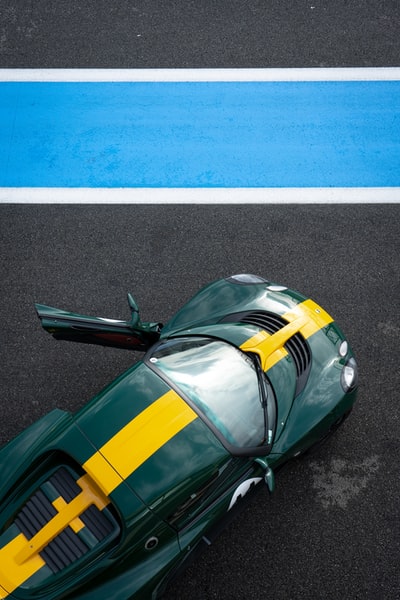A conventional current flows from the positive (+) to the negative (-) side of a cell around a circuit. The electrons, however, are flowing in the opposite direction around the circuit: from the negative (-) to the positive (+) side of the cell.
Charge (Q) is measured in coulombs (C). One electron has a charge of 1.6 x 10-9 C.
Current (I) is measured in amperes (A). It is the rate of flow of charge. If the current is 1A then 1C of charge is flowing past a specific point each second: 1A = 1Cs-1. The current is measured using an ammeter. The ammeter must be placed in series with the component being measured.
I = ?Q / ?t
In which:
- I = current in amperes (A)
- ?Q = charge in coulombs (C)
- ?t = time in seconds (s)
Potential difference (V) is measured in volts (V). It is the work done per unit of charge. If you have a potential difference of 1V then 1J of work is being done per coulomb of charge: 1V = 1JC-1. The potential difference is measured using a voltmeter which must be placed in parallel to the component being measured.
V = W / Q
In which:
- V = potential difference in volts (V)
- W = work done or energy transferred in joules (J)
- Q = charge in coulombs (C)
Resistance (R) is the ratio of potential difference across a component to the current which is flowing through it. It is measured in ohms (?).
R = V / I
In which:
- R = resistance in ohms (?)
- V = potential difference in volts (V)
- I = current in amperes (A)

